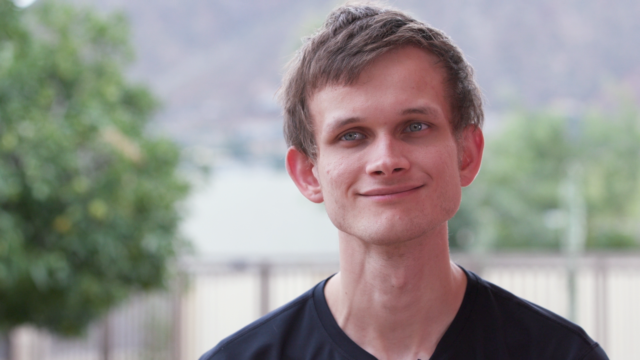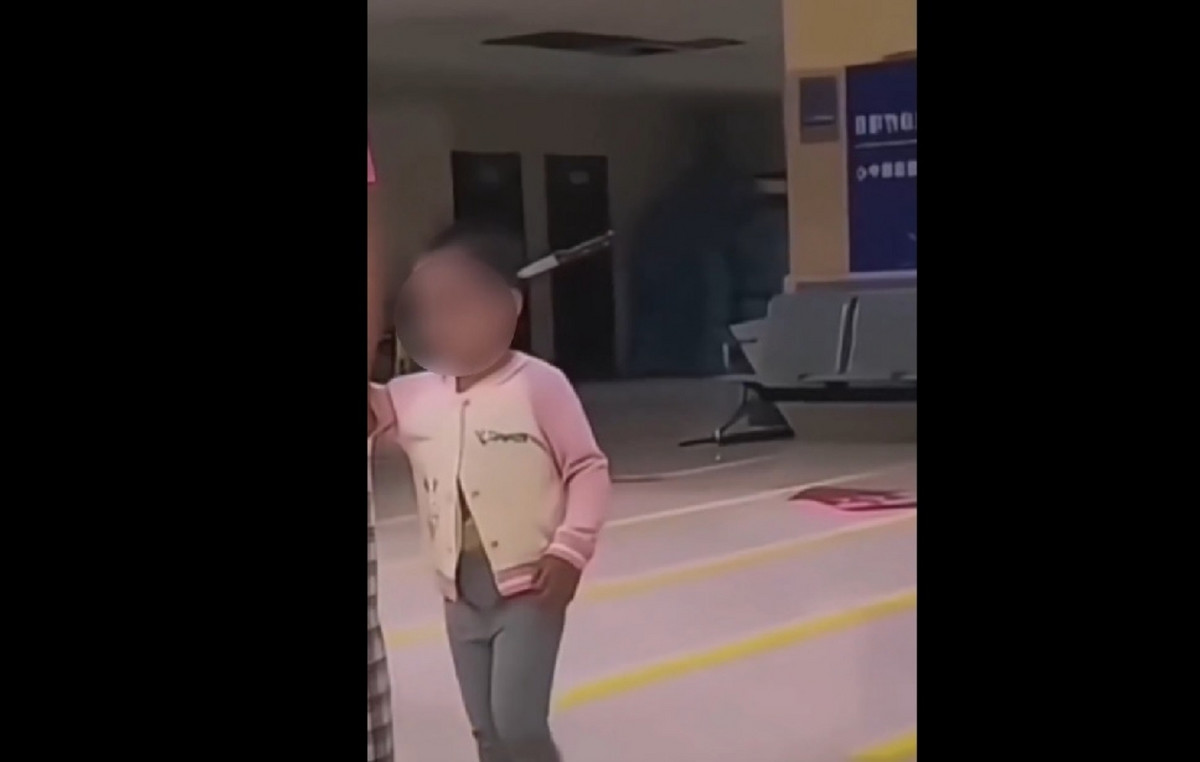Knowledge of the characteristics of a virus allows the development of technologies to fight diseases. Researchers from the Oswaldo Cruz Institute (IOC/Fiocruz), who work in research on the monkeypox virus, which causes monkey pox obtained clear images of the moment when a cell undergoes the degeneration process after infection.
In another record, obtained from a transmission electron microscope, it is possible to observe the structure of the cell in an amplified way after viral replication. The microorganism infects the cellular region of the cytoplasm, where the nucleus is located, responsible for storing the cell’s genetic material.
After entering the body, the virus invades human cells with the aim of creating countless copies of itself – an important moment in the infection process. Fiocruz researchers were able to record the viral particles in the replication process in the cell’s cytoplasm. The moment can be seen with 40,000x magnification of the image.
From the images, it could be verified that, despite the reduced size of the virus in relation to the cell, it is capable of infecting the structure and replicating with ease. The monkeypox virus is about 300 times smaller than a human cell.
The research is coordinated by the head of the Laboratory of Viral Morphology and Morphogenesis at the IOC, Debora Ferreira Barreto Vieira, with the collaboration of the researchers Milene Dias Miranda, Gabriela Cardoso Caldas and Vivian Ferreira.
The project also has a partnership with the team from the Enterovirus Laboratory, led by Edson Elias, who acts as a reference in laboratory diagnosis in monkeypox for the Ministry of Health, and who was responsible for viral detection in the sample used in the study.
How to prevent monkeypox
To date, Brazil has recorded 4,499 confirmed cases of monkeypox, according to the Ministry of Health.
Infections were detected in the states of São Paulo (2,788), Rio de Janeiro (578), Minas Gerais (253), Federal District (168), Goiás (189), Bahia (51), Ceará (48), Rio Grande do North (22), Espírito Santo (12), Pernambuco (24), Tocantins (2), Amazonas (19), Acre (1), Rio Grande do Sul (77), Mato Grosso do Sul (19), Mato Grosso ( 20), Santa Catarina (88), Paraná (118), Pará (13), Tocantins (2), Alagoas (2), Maranhão (2), Paraíba (1), Piauí (3) and Roraima (1).
The main way of monkey pox transmission it is through direct person-to-person contact, called skin-to-skin.
Contagion can happen from contact with skin lesions, crusts or body fluids of an infected person, by touching objects, fabrics (clothes, sheets or towels) and surfaces that were used by someone with the disease, in addition to contact with secretions. respiratory.
The Ministry of Health recommends avoiding close contact with people suspected or diagnosed with the disease, in addition to washing hands with soap and water or with alcohol gel before eating or touching the face as a preventive measure.
In the presence of a suspicious symptom (see below ), people should seek medical care at Basic Health Units (UBSs) or Emergency Care Unit (UPA) for evaluation.

disease symptoms
Monkeypox, in most cases, progresses without complications and signs and symptoms last from two to four weeks.
Clinical manifestations usually include skin lesions in the form of blisters or sores that can appear on different parts of the body, such as the face, hands, feet, eyes, mouth or genitals. However, the current outbreak of the disease has presented different epidemiological characteristics, with symptoms that can be quite mild.
In the most common documented form of the disease, symptoms may appear from the seventh day onwards with a sudden and intense fever. Signs such as headache, nausea, exhaustion, tiredness and especially the appearance of swollen glands are common, which can happen both in the neck and in the axillary region as well as in the genital part.
The manifestation on the skin occurs between one and three days after the initial symptoms. The signs go through different stages: macula (small spots), papule (small pimple-like sores), vesicle (small blisters), pustule (bubble with the presence of pus) and crust (which are the healing shells).
Source: CNN Brasil







